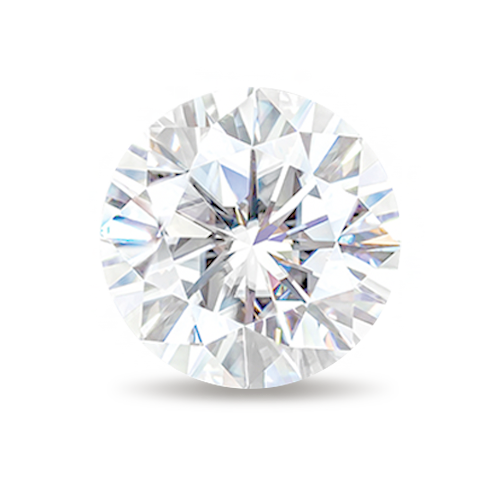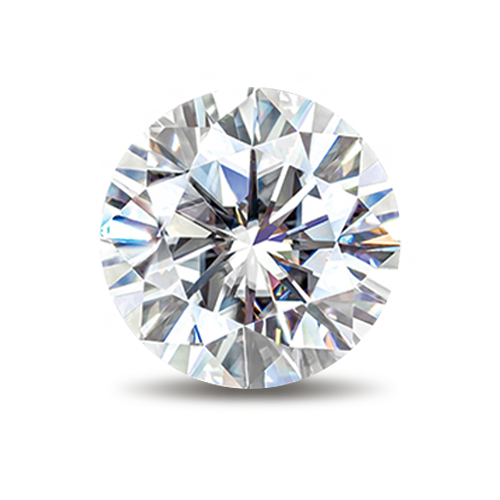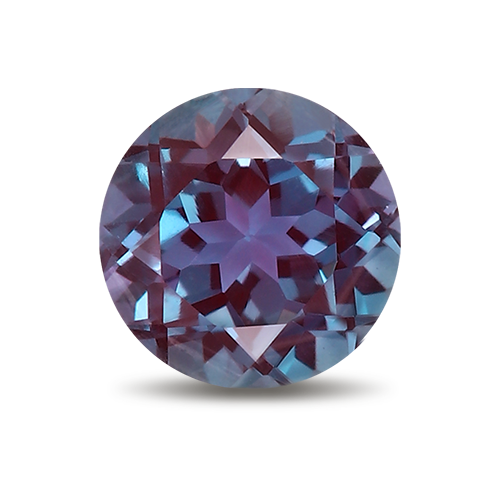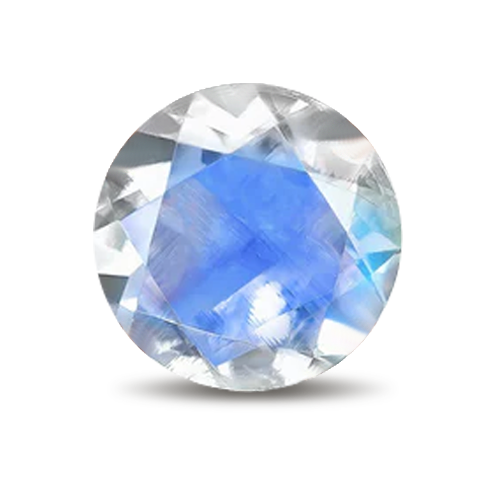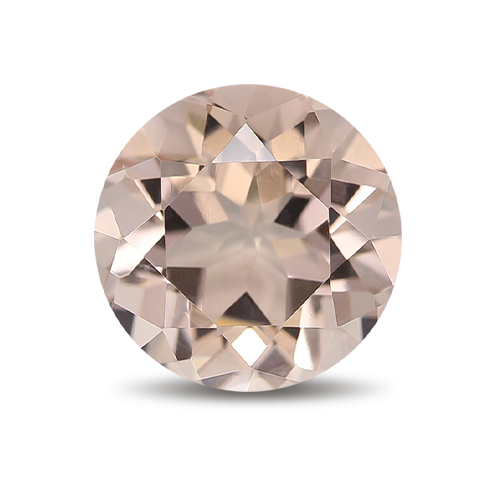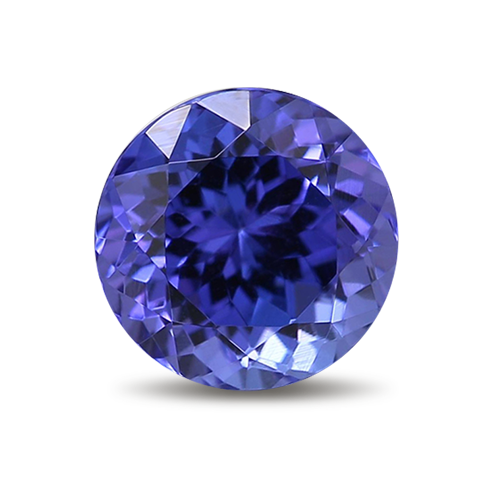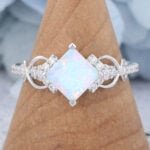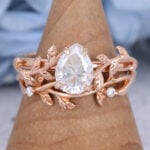Aquamarine vs Blue Topaz: Color, Clarity, Cost & Meaning Compared
If you’re wondering about the difference between aquamarine and blue topaz, you’re not alone. These two gems share a similar blue hue but differ in origin, value, and meaning. In this complete Aquamarine vs Blue Topaz guide, we’ll explore their unique traits to help you choose the right stone for your taste and needs.
Aquamarine vs Blue Topaz in Chemical Composition & Mineral Family
The chemical composition of aquamarine places it in the beryl mineral family, known for its naturally occurring blue-green hues and high clarity. As an aquamarine precious stone, it forms deep within the Earth under specific conditions, giving it unique color tones. In contrast, blue topaz belongs to a different mineral group and is usually colorless in its natural state, gaining its vibrant blue through treatments. This key difference in origin and formation is central in the topaz versus aquamarine comparison.
Aquamarine vs Blue Topaz in Hardness & Durability
The hardness of aquamarine stone ranges around 7.5 to 8 on the Mohs scale, making it fairly durable for everyday wear. As a member of the beryl family, the hardness of aquamarine gemstone allows it to resist scratches reasonably well. On the other hand, blue topaz hardness is slightly higher at 8, offering even more resistance to abrasion. While both stones are durable, blue topaz may have a slight edge in toughness, though aquamarine’s internal structure often gives it better resistance to fractures during setting or impact.
Aquamarine vs Blue Topaz in Color and Tone Differences
When comparing aquamarine vs blue topaz color, aquamarine usually appears in soft, sea-like shades ranging from light blue to bluish-green. In rare cases, dark blue aquamarine can occur, though it’s far less common and often more valuable. Blue topaz, by contrast, comes in brighter, more saturated tones like sky blue, Swiss blue, or London blue. While aquamarine carries a naturally subtle and elegant tone, blue topaz offers a bolder, more vivid appearance, making each stone suitable for different style preferences depending on the desired intensity of color.

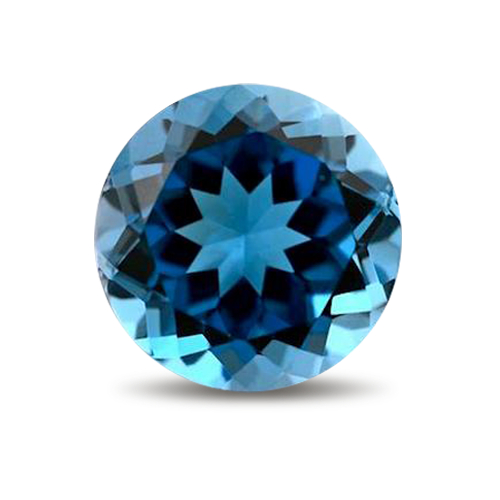
Aquamarine vs Blue Topaz in Luster and Transparency
In terms of luster and transparency, both aquamarine and blue topaz are known for their beautiful clarity and shine. Aquamarine has a gentle, glassy luster that complements its soft tones, one of the defining aquamarine characteristics. Blue topaz, on the other hand, often displays a slightly higher brilliance due to its ability to reflect light more sharply. Both stones are usually eye-clean, meaning they have minimal visible inclusions, but blue topaz tends to appear crisper and more dazzling in certain lighting.
Aquamarine vs Blue Topaz in Treatments and Benefits
Both blue topaz gemstones and aquamarine are commonly treated to enhance their color and clarity. Blue topaz often undergoes heat and irradiation, while aquamarine may be gently heated to remove greenish tones. In terms of holistic uses, aquamarine benefits include calming the mind and aiding communication, while blue topaz is believed to support clarity and emotional balance. Many people choose blue topaz and aquamarine for both their beauty and symbolic meaning.
Aquamarine vs Blue Topaz in Pricing and Rarity
When comparing price and rarity, aquamarine is generally worth more due to its natural scarcity and demand as a precious gemstone. In contrast, the value of blue topaz stones tends to be lower because they are more abundant and often treated. While both gems are beautiful, aquamarine is typically considered more exclusive and luxurious.
Aquamarine vs Blue Topaz in Symbolism and Meaning
Aquamarine stones‘ spiritual meaning is often linked to tranquility, clarity, and emotional balance, reflecting the calm of ocean waters. The aquamarine stone significance also connects to trust and harmony. On the other hand, the meaning of a blue topaz engagement ring symbolizes love, honesty, and deep emotional bonds. A blue topaz and aquamarine ring beautifully blends these symbolic values. Blue topaz is also associated with communication, inner peace, and confidence, making it meaningful for relationships and personal growth alike.

Aquamarine or Blue Topaz, Which Blue color gemstone Should You Choose?
When choosing between aquamarine and blue topaz, consider tone, value, and personal meaning. Aquamarine offers a soft, ocean-like blue with elegant transparency and is ideal for those who appreciate subtle luxury and spiritual calm. Blue topaz, with its bold, vibrant color and affordability, suits those who want a striking look at a lower cost. If you seek a refined, timeless gemstone, go for aquamarine. If you prefer vivid brilliance and budget-friendly beauty, blue topaz is your best bet. Your lifestyle and design preference will make the choice clear.
Topaz vs other Blue Gemstones
Blue Sapphire vs Blue Topaz
Blue sapphire is a precious gemstone known for its deep, rich blue and exceptional durability, making it ideal for heirloom jewelry. In contrast, blue topaz offers a brighter, lighter hue and is more affordable. While both are popular, blue topaz is a great choice for those seeking brilliance and value without compromising on beauty.
London Blue Topaz vs Blue Topaz
London blue topaz stands out with its darker, smoky blue tone compared to the lighter, sky-blue shades of standard blue topaz. It’s considered more sophisticated and rare within the topaz family. Both share the same hardness and clarity, but London blue is favored for its deeper, dramatic color in statement pieces.
Conclusion
The comparison of Aquamarine vs Blue Topaz reveals key differences in their composition, color, durability, and symbolism. While aquamarine offers a soft, serene elegance with deep spiritual meaning, blue topaz brings bold brilliance and affordability. Understanding these contrasts helps you choose the gemstone that best suits your style, values, and jewelry needs.
FAQs About Aquamarine vs Blue Topaz
What does a blue topaz look like? What color is blue topaz? Is blue topaz expensive?
Blue topaz typically appears in vibrant shades ranging from sky blue to deep London blue. It’s known for its exceptional clarity and brilliance. While beautiful, topaz is generally more affordable than other blue gemstones like sapphire or aquamarine.
What stone is aquamarine? Where is aquamarine most commonly found?
Aquamarine is a precious stone belonging to the beryl family, prized for its sea-blue hues and clarity. It’s most commonly found in Brazil, but also in countries like Pakistan, Madagascar, and Nigeria.
Is aquamarine blue or green? What does aquamarine represent?
Aquamarine ranges from pale blue to blue-green, with purer blue tones being more valued. It symbolizes calm, clarity, and communication, and is often associated with inner peace and emotional healing.
Is aquamarine a precious stone? Is aquamarine valuable?
Yes, an aquamarine is considered a precious stone due to its beauty, clarity, and rarity, especially in deeper blue shades. Aquamarine stones are valuable, with price depending on size, color intensity, and quality, making them a prized choice for fine jewelry.

